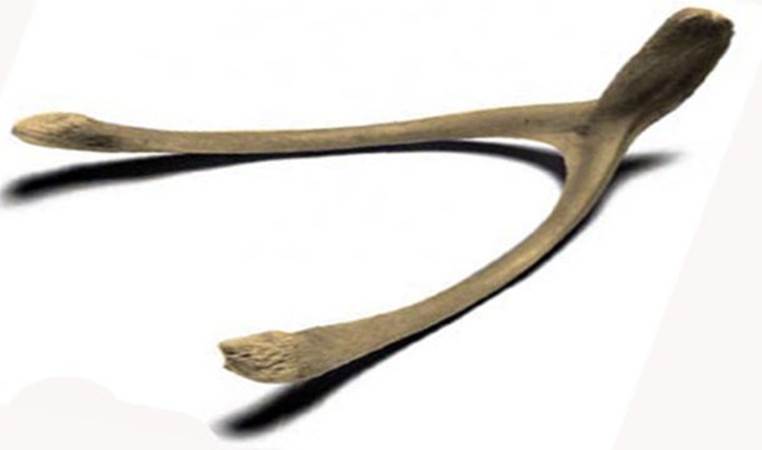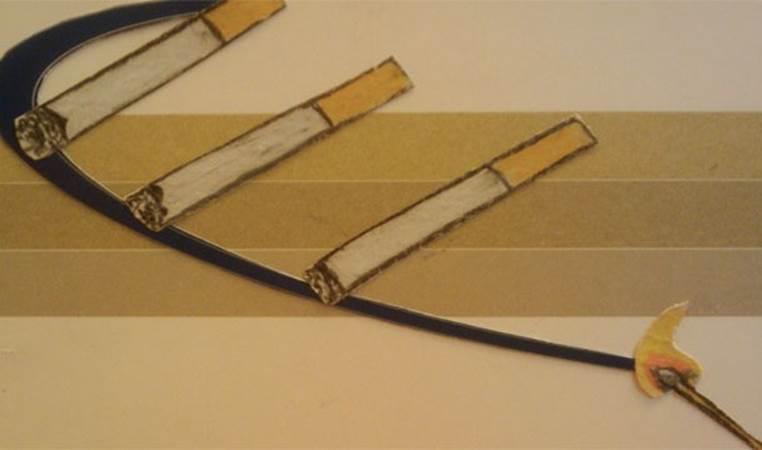THE ROOTS OF SUPERSTITIONS
Added on: 28th Jul 2015
CARRYING THE BRIDE OVER THE THRESHOLD

In western cultures it was seen as bad luck for the bride to trip
while entering her new home so the groom would just carry her.
A RABBIT'S FOOT BRINGS GOOD LUCK

During the seventh century BC the rabbit came to be considered a
talismanic symbol and it’s left hind foot was a way to benefit from
the rabbit’s luck
BIRD DROPPINGS ON YOUR HEAD FOR LUCK

This belief possibly stems from the idea that if you have bad fortune
the tide will soon turn in your favour.
WEARING THE WEDDING RING ON THE
FOURTH FINGER OF THE LEFT HAND

Granted, this has become more convention and tradition than
superstition, it started when the Romans dissected corpses and
found that a certain slender sinew or nerve seemed to run
from this finger directly to the heart.
WISHBONES BEING ASSOCIATED WITH LUCK

The ancient Etruscans would use chickens in their divination rituals.
People thought that even after the chicken died one could still
benefit from the oracle’s magic by holding the wishbone.
LIGHTING THREE CIGARETTES WITH
ONE MATCH IS UNLUCKY

This is said to have originated among soldiers who thought that by the
third cigarette a sniper would have time to find them. Others say that
match tycoon Ivar Krueger came up with the superstition to
increase business.
PLACING SHOES ON THE TABLE

Years ago when a miner died his shoes would be placed on a table.
This allegedly led to the superstition that putting shoes on the table
brings bad luck.
STEP ON A CRACK AND BREAK YOUR MOTHER'S BACK

Although the exact origin is uncertain this myth became popular
when it was published in Fletcher Bascom Dressler’s book
“Superstition and Education” in 1907

Comment on this